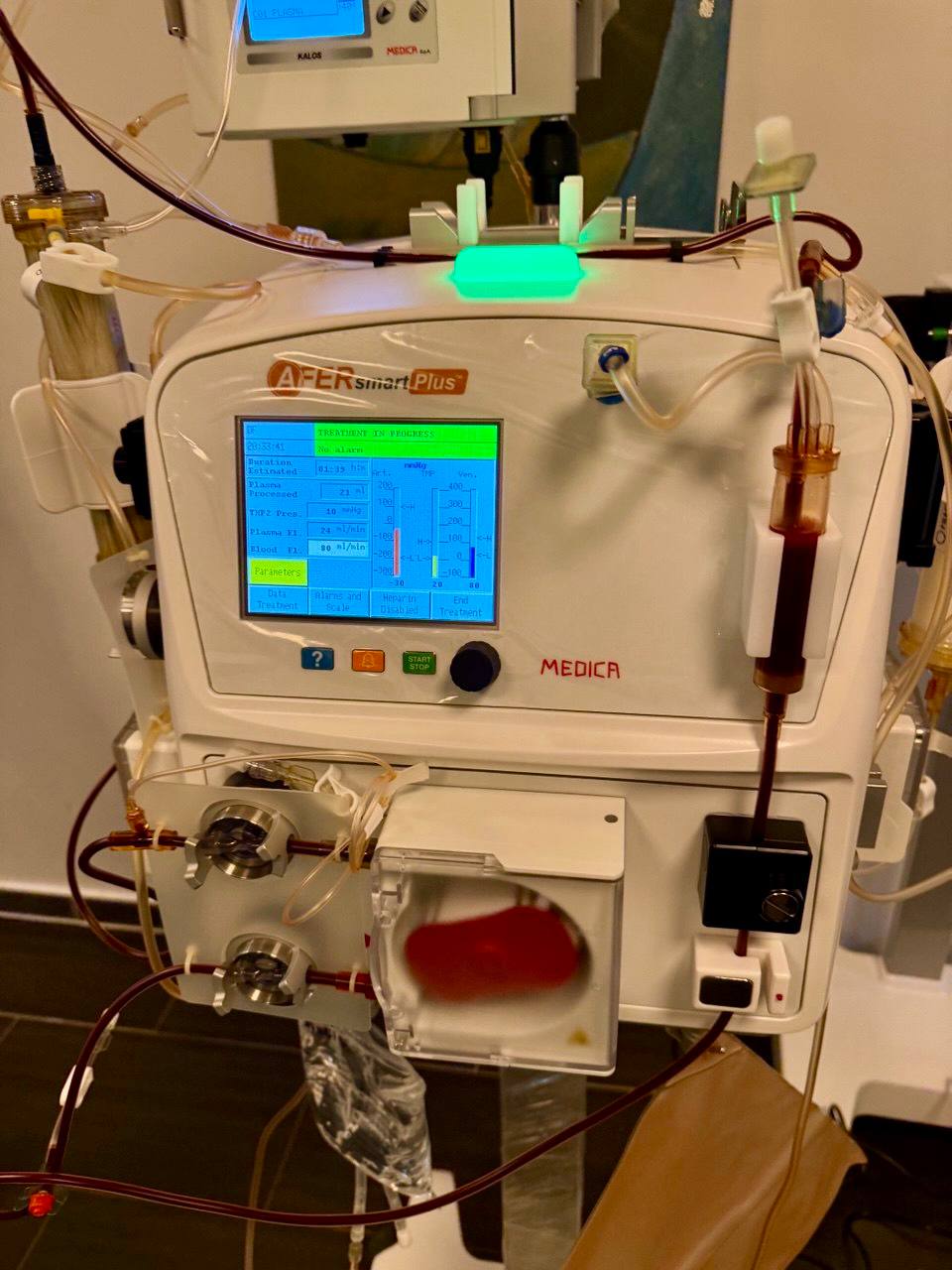
Enhanced mental clarity: DFPP against brain fog
As the understanding of cognitive health evolves, innovative treatments like Double Filtration Plasmapheresis (DFPP) are gaining attention for their potential to combat brain fog and enhance mental clarity.
Brain fog isn't a medical diagnosis but rather a term describing symptoms of cognitive dysfunction, including difficulty concentrating, mental fatigue, and reduced mental clarity. Various factors can contribute to brain fog, including inflammation, accumulation of toxic proteins, and circulation issues – areas where DFPP might provide significant benefits.
How DFPP Could Combat Brain Fog
- Reducing Neuroinflammation. DFPP can effectively remove inflammatory molecules from the bloodstream that may affect brain function. By reducing systemic inflammation, this treatment might help clear the mental haze associated with inflammatory processes.
- Clearing Toxic Proteins. The accumulation of harmful proteins in the bloodstream can impact cognitive function. DFPP's selective filtration process can remove these problematic molecules while preserving beneficial components. This "cleaning" effect might help reduce the burden of toxic proteins that could contribute to cognitive dysfunction.
- Improving Cerebral Blood Flow. By optimizing blood rheology (flow properties), DFPP may enhance blood circulation to the brain. Better cerebral blood flow means improved oxygen and nutrient delivery to brain cells, potentially leading to enhanced cognitive function and mental clarity.
- Balancing the Immune System. DFPP can help modulate immune system function by removing immune complexes and inflammatory mediators. This immune system "reset" might help reduce brain fog associated with immune system dysfunction or chronic inflammation.
DFPP patients have reported several cognitive improvements:
- Enhanced concentration and focus
- Improved memory retention
- Better mental endurance
- Reduced mental fatigue
- Clearer thinking and decision-making
- Improved mood and mental energy
Note: This article is for informational and educational purposes only. Please consult with your healthcare provider.

